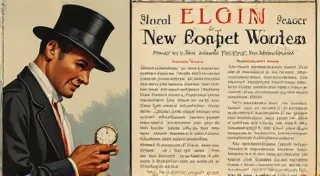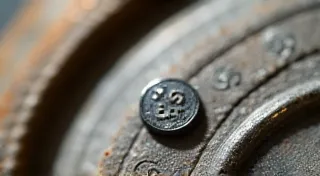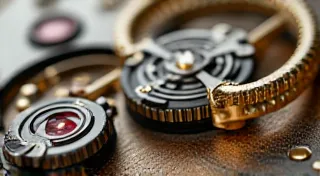Identifying Pocket Watch Makers' Marks and Signatures
Pocket watches, particularly antique ones, are more than just timekeeping devices; they’re miniature works of art and historical artifacts. A crucial element in appreciating and evaluating these timepieces is understanding the makers' marks and signatures found on them. These markings provide vital clues to the watch’s origin, history, and often, its value. This guide will help you begin deciphering the language of these small but significant details.
Why are Makers’ Marks Important?
The maker's mark provides a fingerprint of the watch’s creator. It can tell you:
- Origin: Was it made in Switzerland, America, England, or elsewhere? Different regions developed distinct styles and markings.
- Era: Marking styles often changed over time, providing clues about the watch’s approximate age.
- Quality & Reputation: Certain makers were known for exceptional craftsmanship and the marks reflect that prestige.
- Value: A watch from a renowned maker, especially if rare, will generally be worth more.
Where to Find Makers’ Marks
These marks can appear in several locations on a pocket watch. You'll need a magnifying glass (and good lighting!) to spot them.
- Dial: Often the most obvious place. The maker’s name may be printed or engraved on the dial itself.
- Movement: The internal mechanism (movement) is a prime location. Look for engraved names, serial numbers, and other identifying information.
- Case: The case (the outer housing) is another common location. Marks may be stamped or engraved on the inside of the case, on the band, or on the bow.
- Balance Cock: The balance cock, a crucial part of the movement’s regulation, is frequently marked.
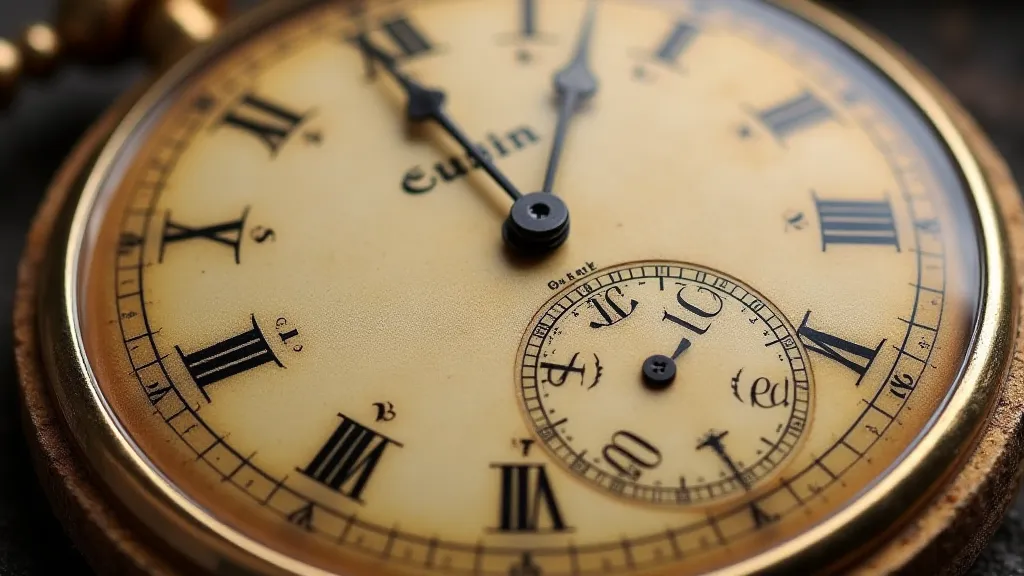
Common Types of Marks
Makers’ marks can vary greatly, but here's a breakdown of what you might encounter:
- Full Names: “Elgin National Watch Co.”, “Waltham Watch Co.”, “Swiss Made”. These are fairly straightforward.
- Initials & Abbreviations: Sometimes, makers used abbreviated names or initials. For example, "EW" might represent Elgin Watch Company.
- Hallmarks: Certain countries (particularly England and Switzerland) utilized hallmark systems, which indicate the assay office where the precious metals were tested and the maker responsible. These are complex and require separate study.
- Serial Numbers: Almost all manufacturers utilized serial numbers. These numbers, combined with maker's marks, can help to narrow down the date of manufacture.
- Patent Numbers: If a watch incorporates a patented invention, a patent number may be present.
A Few Notable Makers and Their Marks
Here are a few examples to illustrate common makers:
- Elgin National Watch Co. (USA): Known for high-quality American-made watches. Their marks often include "Elgin" and a serial number.
- Waltham Watch Co. (USA): Another prominent American maker. Their marks might read "Waltham" or "W.L." (for Watch Company).
- Swiss Made/Swiss: Indicates the watch was manufactured in Switzerland. The specific wording evolved over time.
- Rolex: (Switzerland) A well-known luxury brand.
- Patek Philippe: (Switzerland) A prestigious and highly collectible maker.
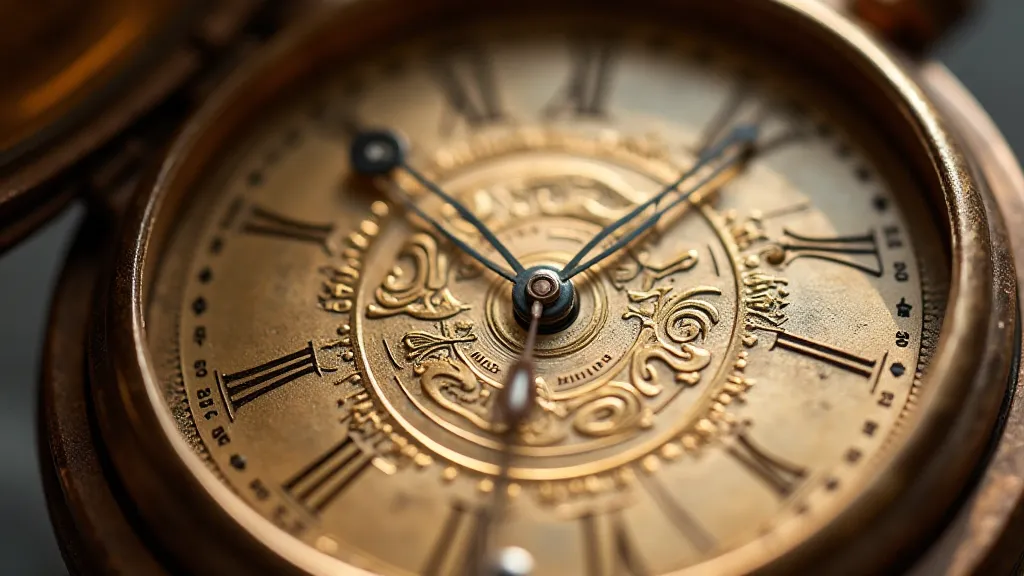
Resources for Identification
Identifying makers' marks can be challenging. Here are some resources to help:
- Online Forums & Communities: Watch collecting forums are excellent places to ask questions and seek expert opinions.
- Reference Books: Several books catalog makers' marks and watch movements.
- Auction Catalogs: Auction houses often provide detailed descriptions and histories of pocket watches.
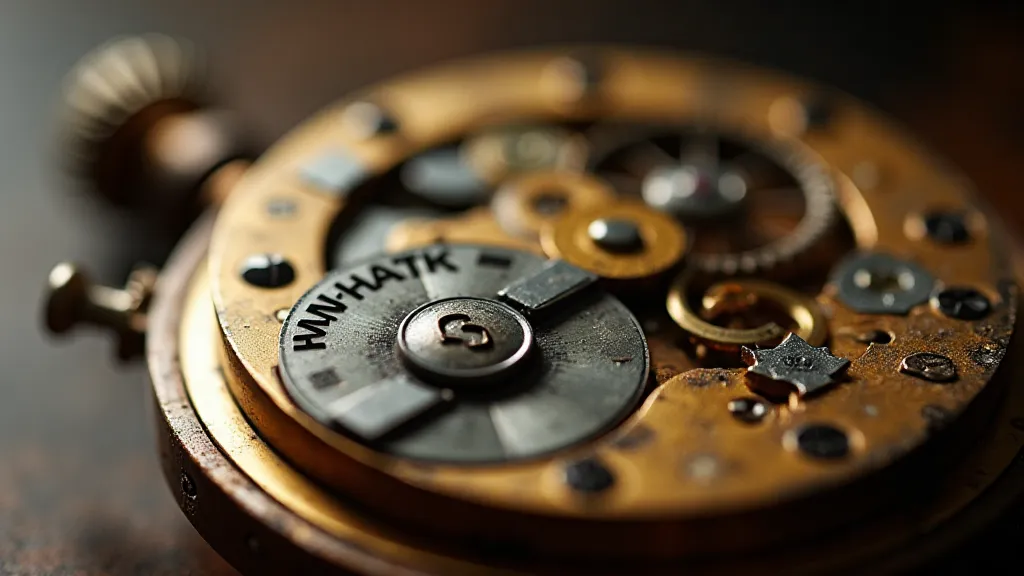
Conclusion
Learning to recognize makers’ marks and signatures is a rewarding pursuit for anyone interested in pocket watches. It deepens your appreciation for the craftsmanship and history of these fascinating timepieces. Start with simple markings and gradually expand your knowledge. With practice and the right resources, you’ll be well on your way to deciphering the secrets hidden within these miniature treasures.
